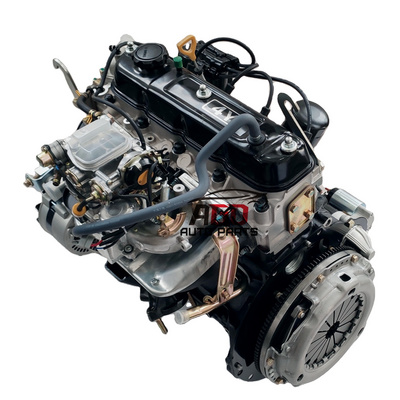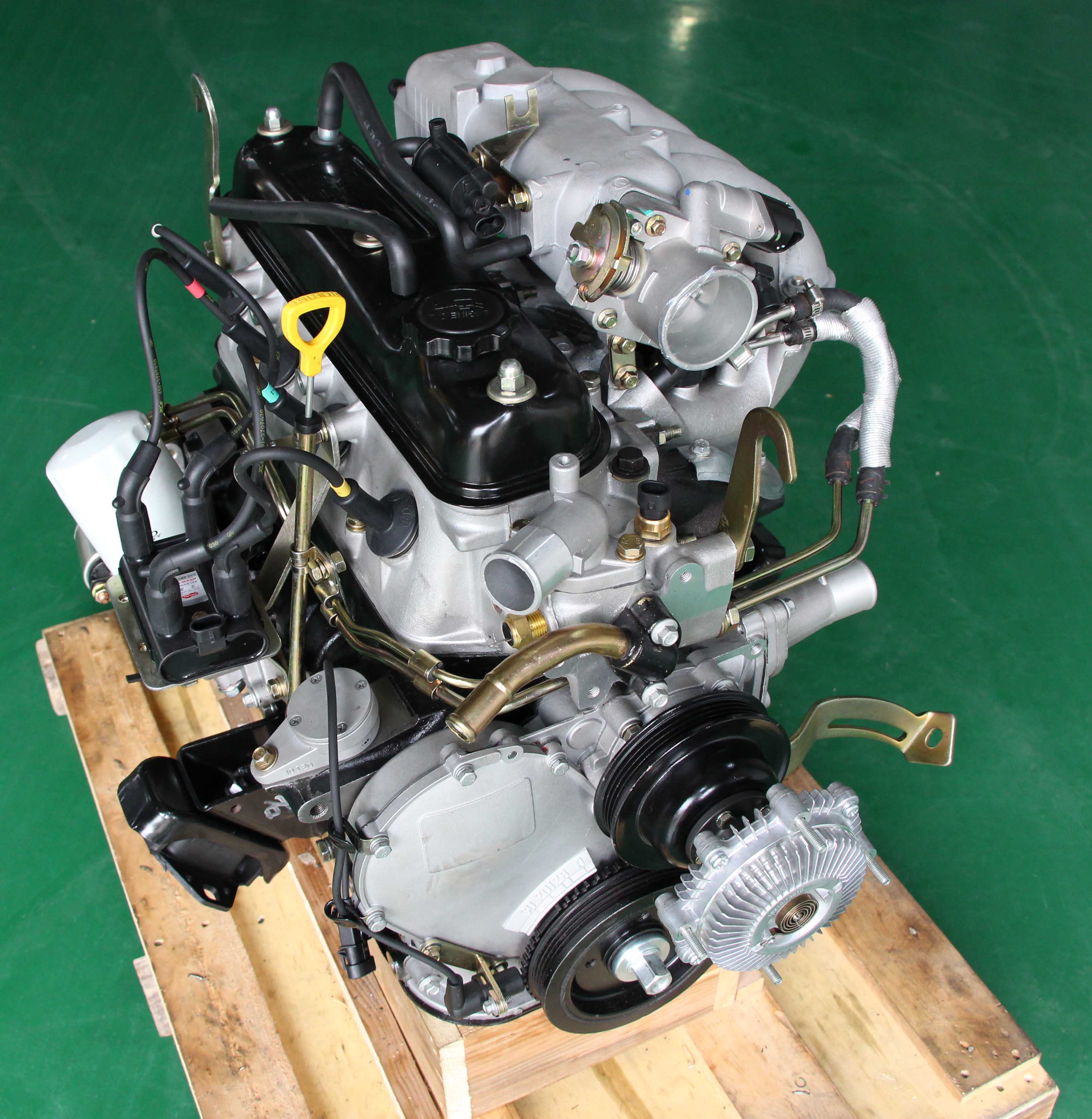The Ultimate Overview to the Engine: Trick Insights for Every Car Fanatic
Recognizing the engine is fundamental for any type of automobile enthusiast, as it functions as the heart of the lorry and determines its efficiency. This guide gives an extensive examination of engine anatomy, kinds, and the mechanics behind their operation, consisting of the innovative modern technologies that are reshaping the automotive landscape. In addition, it underscores the important nature of upkeep techniques that can significantly influence an engine's life-span. Nevertheless, the complexities of engine characteristics and the most recent developments in technology present concerns that warrant further expedition. What might these understandings disclose concerning the future of vehicle engineering?
Makeup of an Engine
Recognizing the composition of an engine is essential for any type of auto enthusiast aiming to dive deeper right into auto auto mechanics. An inner burning engine mainly contains several vital components that operate in unison to convert fuel right into power.
At the heart of this system exists the cylinder block, which houses the cylinders where burning happens. Piston movement within these cyndrical tubes is helped with by the crankshaft, which translates straight activity into rotational energy. Additionally, the camshaft plays an important role in managing the opening and closing of the engine's valves, making certain appropriate air-fuel blend intake and exhaust gas expulsion.
Other vital components include the gas system, which provides the engine with the needed fuel, and the ignition system, in charge of starting burning - 4y engine. The air conditioning and lubrication systems are additionally essential, maintaining optimum operating temperatures and lowering friction, respectively
Engine Kinds and Configurations
A diverse variety of engine types and setups exists, each offering unique benefits and downsides tailored to various driving demands and preferences. One of the most common engine types consist of inline, V, level, and rotary arrangements.
Inline engines, featuring cylinders set up in a single line, are recognized for their simplicity and performance. They are frequently located in portable vehicles, supplying an equilibrium of power and economic climate. V engines, characterized by their 2 financial institutions of cyndrical tubes arranged in a V shape, give higher efficiency and smoother operation, making them preferred in sporting activities and luxury vehicles.
Level engines, or fighter engines, have horizontally opposed cyndrical tubes, which add to a lower center of mass, enhancing vehicle stability. These are typically seen in brands like Subaru and Porsche.
Rotary engines, although much less typical, use an unique style with a triangular blades and deal high power-to-weight proportions. They master lightweight and small applications, mostly seen in Mazda automobiles.
Each engine kind serves details performance characteristics, weight circulations, and gas performances, guaranteeing that auto enthusiasts can select the best engine setup to match their driving style and car requirements.

Just How Engines Function
Engines, regardless of their kind or arrangement, operate basic concepts that control their efficiency and performance. At their core, engines convert fuel into mechanical energy with a series of controlled explosions or compressions. This process normally involves 4 primary strokes: consumption, power, compression, and exhaust.
Throughout the intake stroke, the engine pulls in a mixture of air and gas. The compression stroke follows, where the mixture is pressed in the cylinder, boosting its temperature level and stress. In the power stroke, a spark stirs up the pressed combination (in gas engines) or the blend sparks spontaneously (in diesel motor), resulting in a fast expansion of gases that presses the piston down. Finally, the exhaust stroke removes the invested gases from the cyndrical tube.
The effectiveness of an engine is affected by numerous aspects, consisting of the style of the burning chamber, the kind of gas used, and the precision of the engine's elements. Comprehending these essential concepts is vital for automobile enthusiasts who seek to appreciate the intricate mechanics behind their vehicles, along with for those aiming to enhance performance with modifications and tuning.
Developments in Engine Technology
Over the last few years, improvements in engine technology have considerably transformed the auto landscape, improving both efficiency and ecological sustainability. Among one of the most noteworthy innovations is the advancement of turbocharging and supercharging, which permits smaller engines to generate greater power outcomes without giving up gas efficiency. This has actually brought about a surge in the appeal of scaled down engines, giving suppliers with the capability to satisfy strict exhausts policies while keeping efficiency requirements.
Furthermore, crossbreed and electrical powertrains are improving the engine paradigm. Hybrid systems integrate internal burning engines with electrical motors, enhancing fuel intake and decreasing discharges. Fully electrical lorries (EVs) remove the combustion engine entirely, depending on sophisticated battery technology to provide instantaneous torque and excellent acceleration.
In addition, the assimilation of fabricated intelligence and artificial intelligence in engine management systems enables for real-time optimization of efficiency specifications, enhancing performance and responsiveness. Developments such as variable shutoff timing and direct fuel shot even more fine-tune burning processes, maximizing power outcome while straight from the source minimizing waste.
As the automotive sector continues to advance, these innovations in engine technology will play an important function fit the future of movement, prioritizing both efficiency and sustainability.
Maintenance Tips for Fanatics
Maintaining an engine is as crucial as the innovations that improve its performance. Normal maintenance not just prolongs the life of your engine but also ensures ideal performance.
Inspect and replace air filters regularly to guarantee proper air movement, which is crucial for combustion efficiency. A stopped up air filter can bring about decreased performance and boosted fuel intake. Check the coolant levels to prevent overheating, and change coolant according to the service timetable. 4y engine.

Verdict
Finally, a thorough understanding of engine composition, kinds, and mechanics is necessary for automobile enthusiasts. The expedition of innovations such as turbocharging and crossbreed systems highlights the developments in efficiency and performance. Normal upkeep methods, consisting of oil changes and air filter checks, are important for guaranteeing optimal engine functionality and long life. Mastery of these principles cultivates a deeper gratitude for engine characteristics and boosts the general driving experience.

Engines, no matter of their type or arrangement, operate on essential concepts that regulate their efficiency and performance. In the power stroke, a spark fires up the compressed mix (in fuel engines) or the mixture ignites spontaneously (in diesel engines), resulting in a quick development of gases that presses the piston down.In recent years, Homepage improvements in engine innovation have actually considerably transformed the vehicle landscape, enhancing both efficiency and ecological sustainability.